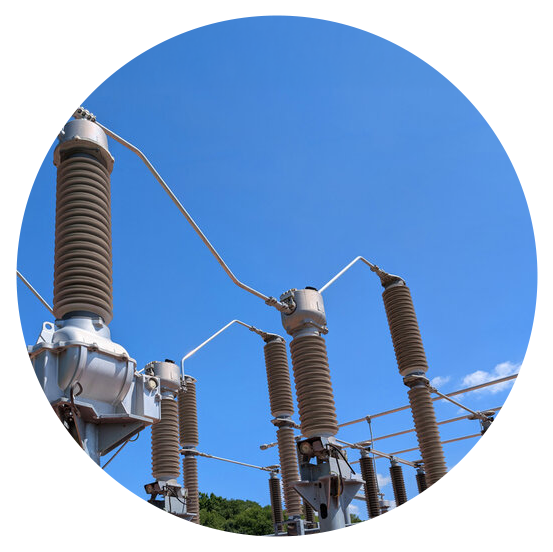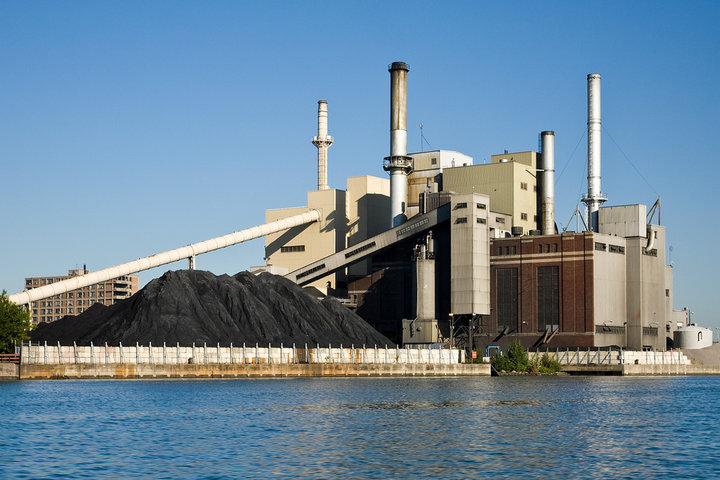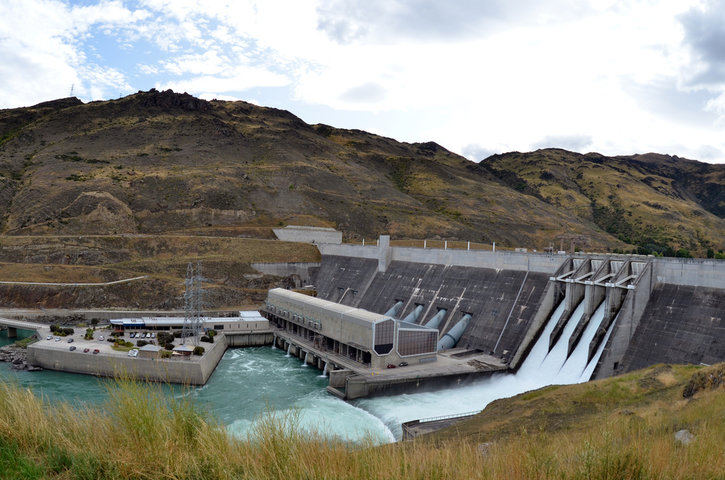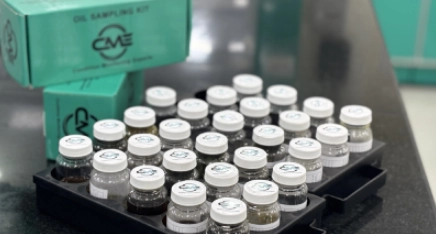Power Plant
- Home
- Power Plant - CME
Power Generation Asset Condition Monitoring Service


Protect Your Assets.
Maintain Power Continuity. Operate With Confidence.
CME (Condition Monitoring Experts), provides advanced condition monitoring solutions for engines, gearboxes and hydraulic systems in a power generation environment. By monitoring early warning signs of wear, contamination, misalignment, and oil degradation, we can safeguard against unforeseen failures, extend the life of your assets, and support your continuous power generation goals.
Why Condition Monitoring is Important in Power Plant
Power generation plants run heavy loads with high pressure. Turbines, compressors, and engines run non-stop, which doesn’t allow for unexpected breakdowns caused by worn lubricants, other component wear behind hidden surfaces and faults which can lead to catastrophic failures anytime.


Regular condition monitoring provides opportunity to:
- Identify early signs of wear and contamination in units and systems.
- Avoiding costs for downtime and unplanned outages.
- Safe reliable operations.
- Move form reactive to predictive, condition-based maintenance.
- Provides opportunity to optimise and plan maintenance and improve the operational life of oil/components.
Wear Metal Levels
Identifies lubricant health and component wear in engines, turbines, gearboxes.
Vibration Analysis
dentifies imbalance, misalignment, and bearing and gear defects in rotating machinery.
Thermography
Surface temperature, thermal gradients - detects hotspots due to electrical defects and overheating in motors, transformers and switchgear.
Ultrasonics
High frequency sound, decibel level - detects leaks (air, steam trap), leakage of a valve, electrical discharge.
Viscocity
Detects oil degradation, fuel dilution, contamination, and thickening in turbines, engines, gearboxes, and hydraulic systems.
Advanced Power Plant Oil Analysis
At CME Labs, we perform advanced diagnostics in addition to basic tests, such as Ferrography Analysis, FTIR Spectroscopy, and RULER® testing. These specialized techniques provide early insights into oil health, wear patterns, and additive life, which allow power plants to manage potential failures, elongate the life of their equipment and ensure no interruptions to power generation.
Ferrographic Analysis involves the separation and microscopic examination of wear particles associated with lubricants to evaluate particle type, size, and severity. This method would help determine whether wear is normal, abnormal, or critical so that forecasted component failure of turbines, gearboxes, and engines can be planned.
RULER® Test uses sophisticated voltammetry to measure the levels of antioxidant additives in lubricants. Antioxidants are used to stop the oil from degrading through oxidation. If the antioxidant levels decrease over time; some assessments can be made regarding the remaining useful life of turbine and engine oils; thus, conditioning monitoring can be used as replacement method rather than deciding whether to replace on fixed time frames.
A rapid, non-destructive method of analyzing the chemical composition of oil and used to identify the level of oxidation, nitration, sulfation, water contamination and additive depletion. FTIR can give warning around the condition around objectivity and oil degradation, thus, allowing you to make informed decisions around contamination to ensure that the lubricants being utilized are fit for purpose to provide reliable performance for equipment.
Industries We Serve
- Thermal Power Plants
- Hydropower Plants
- Renewable Energy and more
Get Started Today
Don't wait for failure—optimize performance and reliability with proactive oil analysis. Contact us today to schedule your first sample or speak with one of our experts.

